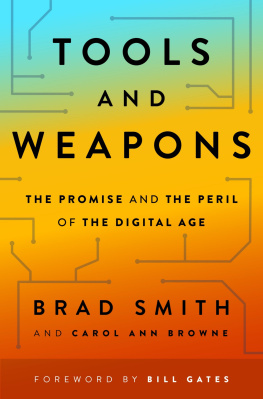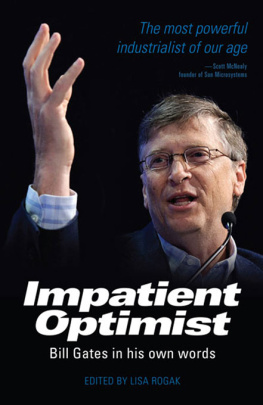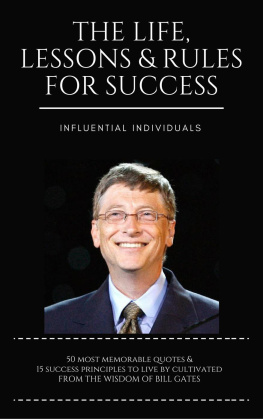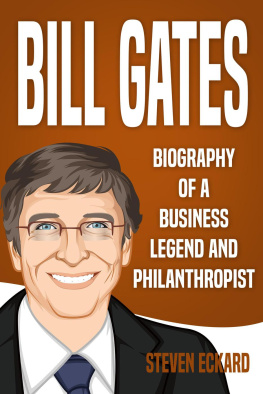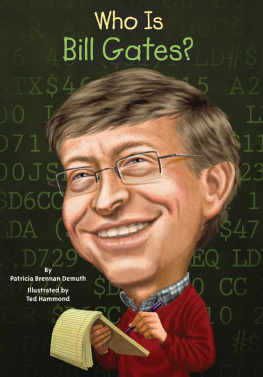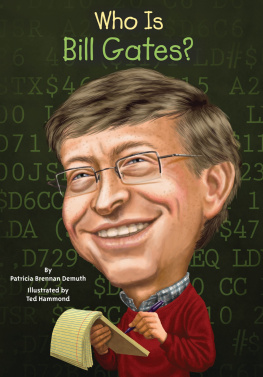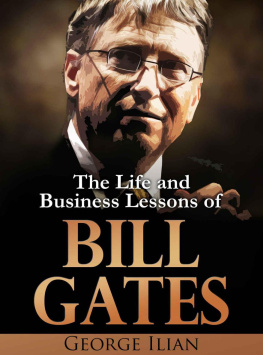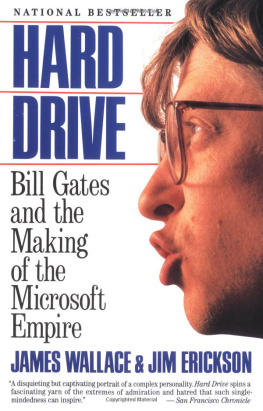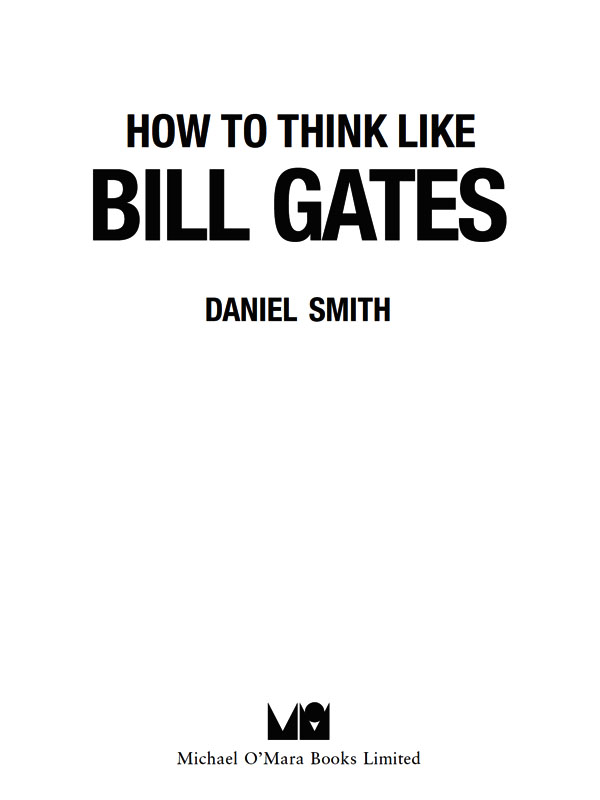By the same author:
How to Think Like Sherlock
How to Think Like Steve Jobs
How to Think Like Mandela
How to Think Like Einstein
How to Think Like Churchill
For Mum
First published in Great Britain in 2015 by
Michael OMara Books Limited
9 Lion Yard
Tremadoc Road
London SW4 7NQ
Copyright Michael OMara Books Limited 2015
All rights reserved. You may not copy, store, distribute, transmit, reproduce or otherwise make available this publication (or any part of it) in any form, or by any means (electronic, digital, optical, mechanical, photocopying, recording or otherwise), without the prior written permission of the publisher. Any person who does any unauthorized act in relation to this publication may be liable to criminal prosecution and civil claims for damages.
A CIP catalogue record for this book is available from the British Library.
ISBN: 978-1-78243-373-6 in hardback print format
ISBN: 978-1-78243-375-0 in paperback print format
ISBN: 978-1-78243-374-3 in e-book format
Designed and typeset by Envy Design Ltd
www.mombooks.com
Contents
He had both the technical smarts to understand whats just around the corner, and the commercial smarts to sell it to the rest of us. This combination of talents makes Bill Gates one of a very rare breed of entrepreneurs.
DES DEARLOVE, 1999
Bill Gates is many things to many people. To some he is an IT genius whose software has powered global business for over three decades. To others, he is the geek who conquered the world. His detractors see instead an icon of capitalist excess a man who became the richest individual in the world before he was forty. Then, in the past few years and perhaps against expectations, Gates has been held up as the ultimate do-gooder, helping to redefine philanthropy for the modern age.
His is an extraordinary CV that reveals a man of great complexity. Born into a comfortable middle-class American family, it was soon evident that he was something of a prodigy when it came to computers. The first decades of his life were engaged in the insular business of writing code and developing his business empire. By the 1980s he had turned his company, Microsoft, into one of the most successful firms on the planet. He was one of the two great behemoths of the technological age, but where his great rival (and sometimes friend), Steve Jobs, brought an air of bohemian rebellion to the computer business, the bespectacled Gates came to be a figurehead of the staid but booming corporate America.
As a businessman, he garnered a reputation for ruthlessness. He not only knew how to develop a product for market, but he was great at selling it there, too. Indeed, some have accused him of being overly concerned with getting one over on his business rivals, accusations that led to years of litigation over the legitimacy of a few of Microsofts business practices. Such has been the dominance of Gates-originated software driving the worlds PCs that other developers have understandably felt there has been little room left for them. Gates in turn argued that Microsoft merely reaped the rewards for being great innovators.
Having started his business out of his bedroom, Gates found himself transformed from the plucky little guy that people liked to back to the head of a global empire that many had come to loathe. Once your personal wealth dwarfs the GDP of most of the worlds countries, it is difficult to cast yourself as a man of the people. Although hugely intelligent and articulate, Gates also lacks that natural charisma that won Jobs pop star-like popularity even as the billions rolled into his bank account.
By the mid-1990s, though, it was evident that Gates was changing. The nerdy techie guy who spent days and nights at a time refining computer software was entering middle age. He married and had kids and, crucially, turned away from his monitor to look out at the world. The injustices he saw shocked and appalled him. That your chances of a good education and even a decently long life are so intrinsically linked to the lottery of where you happen to be born came as a revelation.
Having spent the first few decades of his life capitalizing on his talents to make himself absurdly rich, he decided it was time to give something back. In a gradual process, he stepped away from the day-to-day running of Microsoft and put his energies instead into philanthropy. Nor did his wish to improve the world prove to be a passing fad. The Bill and Melinda Gates Foundation, which he established in 2000 with his wife, is now one of the richest charitable organizations in the world. Perhaps even more importantly, the way it operates is heavily influencing how the sector as a whole goes about its business.
Naturally, not everyone is a fan of the ways the foundation generates capital or how it disperses it Gates himself acknowledges that not all of its operations have achieved what he desired. But few argue that it hasnt had an enormous impact, both within the USA and in the wider developing world. If, as many expect, polio is wiped out as a killer disease within the next few years, the Gates Foundation must be given a great deal of credit for its part in the fight.
Gates, then, has entirely reinvented himself. A man who for many represented the take, take, take culture of Western capitalism in the 1980s and 1990s has become the leading figure of the give, give, give movement in the twenty-first century. Time magazine named him one of the 100 people who most influenced the twentieth century. Now we struggle to know whether his greatest legacy will be his contribution to the development of computing or his reconfiguration of what we think of as charity.
How to Think Like Bill Gates is designed to take a look at key aspects of his character and ideology, as well as to consider some of the most important influences on him at the different stages of his life. If the How to Think Like series proves anything, it is that great figures are rarely straightforward, and Gates is no less nuanced than any of the other subjects covered. He is a man of prodigious talent, pugnacious in his business dealings and sometimes, necessarily, ruthless. He is at heart a problem-solver (whether it be how to make a spreadsheet work better or how to reduce global poverty) who in his early years was driven in no small part by a desire for personal recognition and material gain. The older Gates, though, is less interested in accumulating personal wealth than in figuring out how to best make use of it. That transition is a fascinating one and each chapter of his life offers lessons of enduring relevance.
1955 | William Henry Gates III is born on 28 October to William and Mary Gates in Seattle, Washington. He becomes known as Trey by his family and as Bill to the wider world. |
1967 | Bill begins attending an exclusive private preparatory school, Lakeside, in the Haller Lake neighbourhood of north Seattle. |
1968 | A member of the schools computing club, he writes his first program, using the BASIC language on a Teletype Model 33 terminal linked to a remote mainframe computer. A fellow club member is Paul Allen, with whom Gates will eventually found Microsoft. |
1970 | Gates and Allen write a traffic-surveillance program that they call Traf-O-Data, which earns the teenagers several thousand dollars. |
1972 |
Next page

